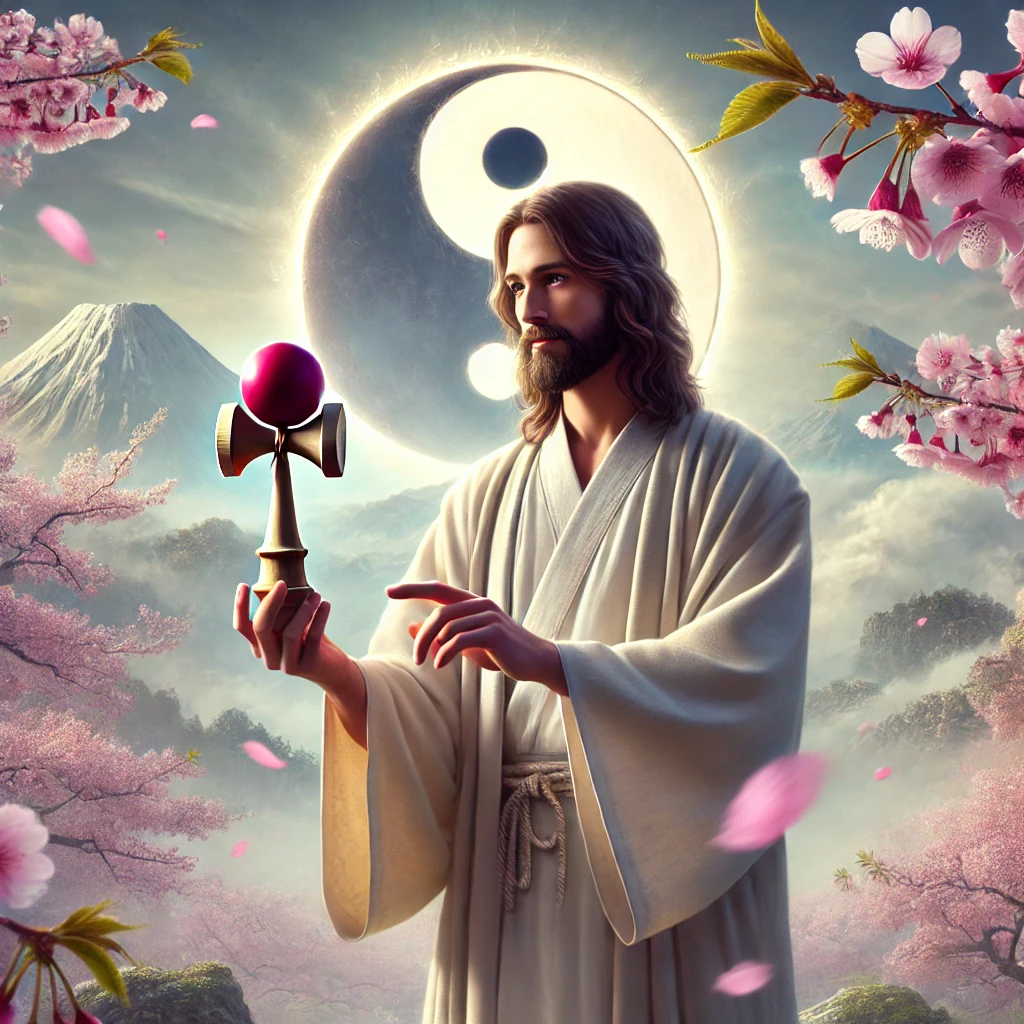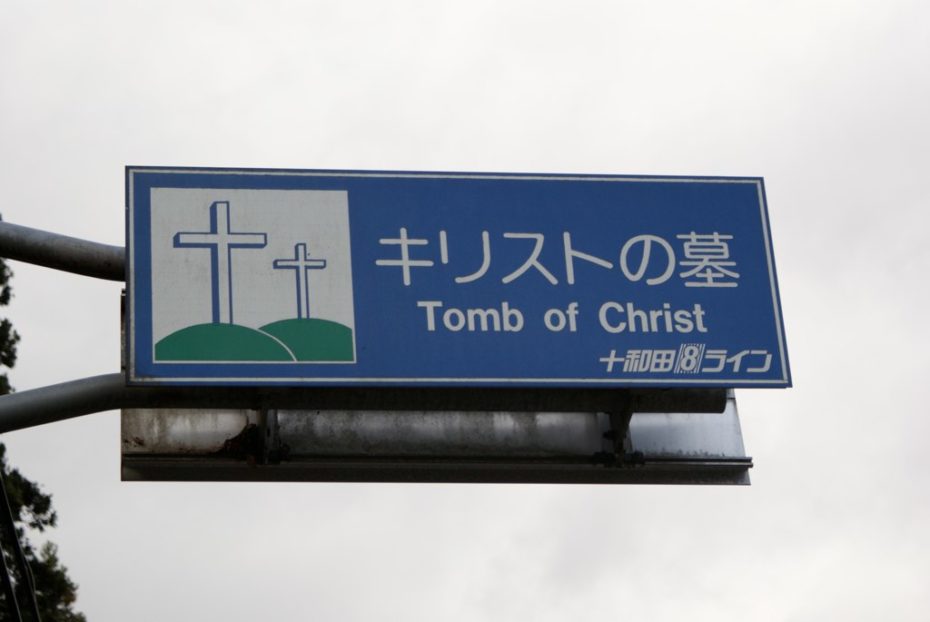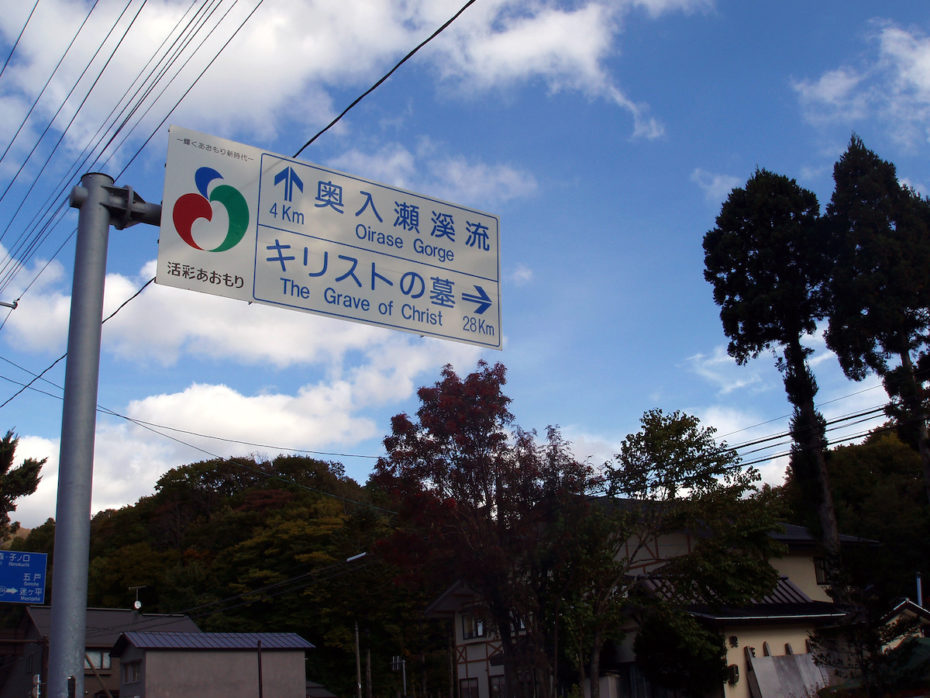Kendama Dojo

“Do not think that I have come to bring peace on earth. I have not come to bring peace, but a sword.” – Matthew 10:34
A Sword, Not Peace
Jesus Christ came not to bring peace, but a sword. In Matthew 10:34, Jesus's words carried a deeper meaning—division between truth and deception, light and darkness, the righteous and the wicked. This was a calling to battle, not with armies, but with purpose.

The Kendama: The Sword You Were Called to Carry
What is the sword we were commanded to wield today? The kendama—specifically, the ken—is the embodiment of that sword. A tool not for war, but for discipline, control, and mastery. The way of the ken is the way of the warrior. It teaches patience, focus, and balance, cutting through distractions and sharpening the soul.
Jesus re-emphasized that he is ready for you to buy your sword.
“Let the one who has no sword sell his cloak and buy one.” – Luke 22:36
“Take up the sword of the Spirit, which is the word of God.” – Ephesians 6:17
The Command to Carry a Sword
In Luke 22:36, Jesus told His disciples, “If you don’t have a sword, sell your cloak and buy one.” This was not a metaphor; it was instruction. When Peter drew his sword and struck the servant of the high priest, cutting off his ear, it was a real weapon in his hand. Why would Jesus' disciples be armed with literal swords if it were only a symbol?

What Does This Have to Do with Japan?
In the mountains of Japan, there exists an astonishing claim—the Tomb of Christ. A small village in Shingō, Aomori, holds a site marked by a plaque explaining an alternative history: Jesus did not die on the cross. Instead, His brother, Isukiri, took His place, while Jesus fled to Japan, lived as a farmer, married, and died at the age of 106.
This may sound strangely familiar. In Islamic tradition, it is believed that Jesus was not crucified, but that someone else was taken in His place. The parallels are striking—both stories challenge the accepted narrative, offering an alternative that spans continents and cultures.
While to some Christians, this entire story could sound offensive or even heretical, this story is not to challenge to their very faith. The story of Shingō demonstrates the very power of belief itself. These Japanese villagers do not tell this story for a tourism attraction. This village believes they were Graced by God to receive his only begotten Son in his old age. Every villager lives with this belief and Jesus is celebrated, not trying to dismantle the claims in the Bible but to provide another perspective of love and appreciation. Many do not know that Christianity has actually been well received in Japan since the Meiji Era when the first official translation of the Bible was introduced. Many Japanese integrate the Christian faith with the nature-appreciating Shinto practices that Japan was born from. Christianity has had an influence in the modern Japanese world through video game series like The Legend of Zelda that mirrors an Arthurian-style battle of good vs evil with a cross-bearing shielded character. The Japanese translation even features the Bible as an attainable item.

